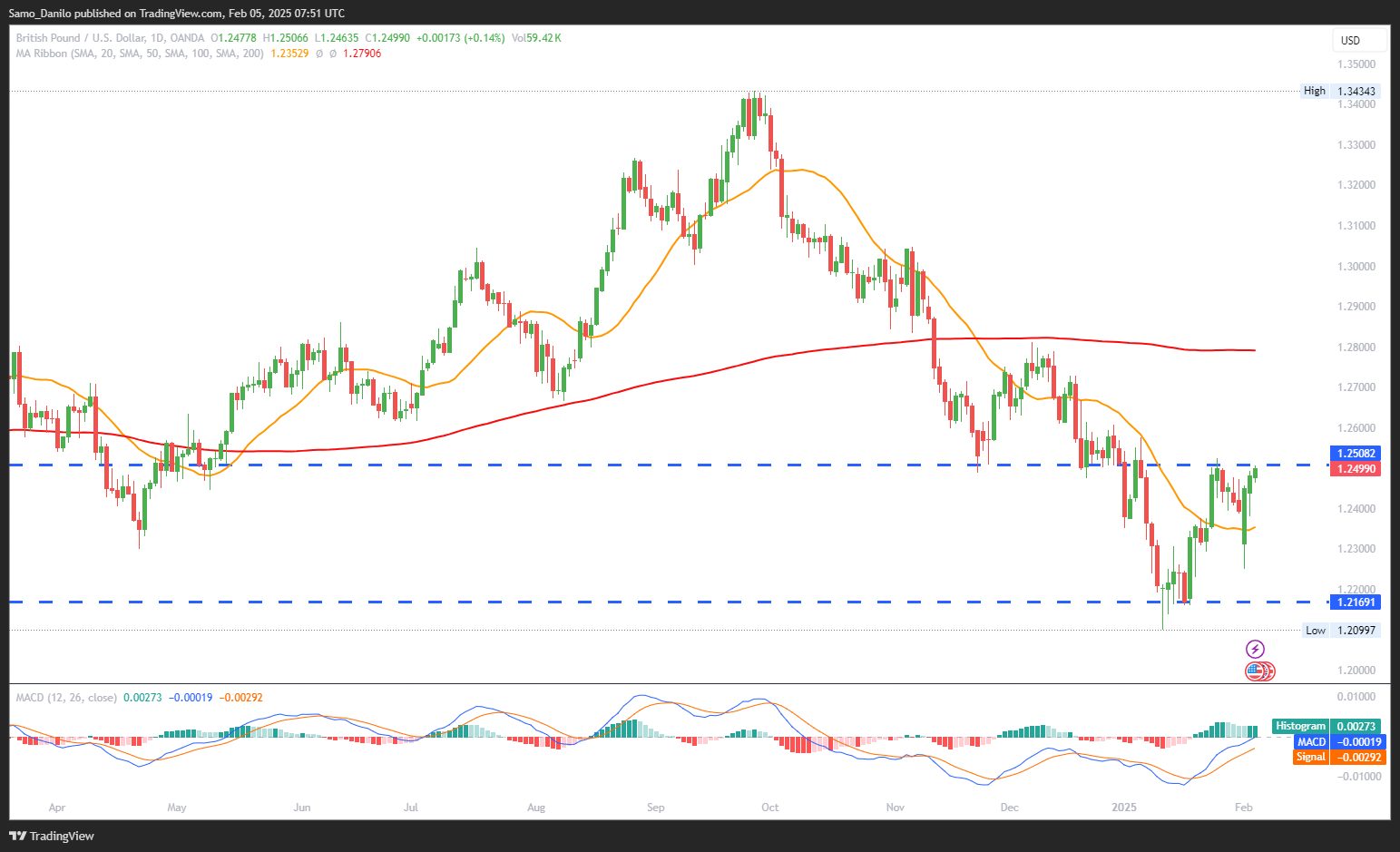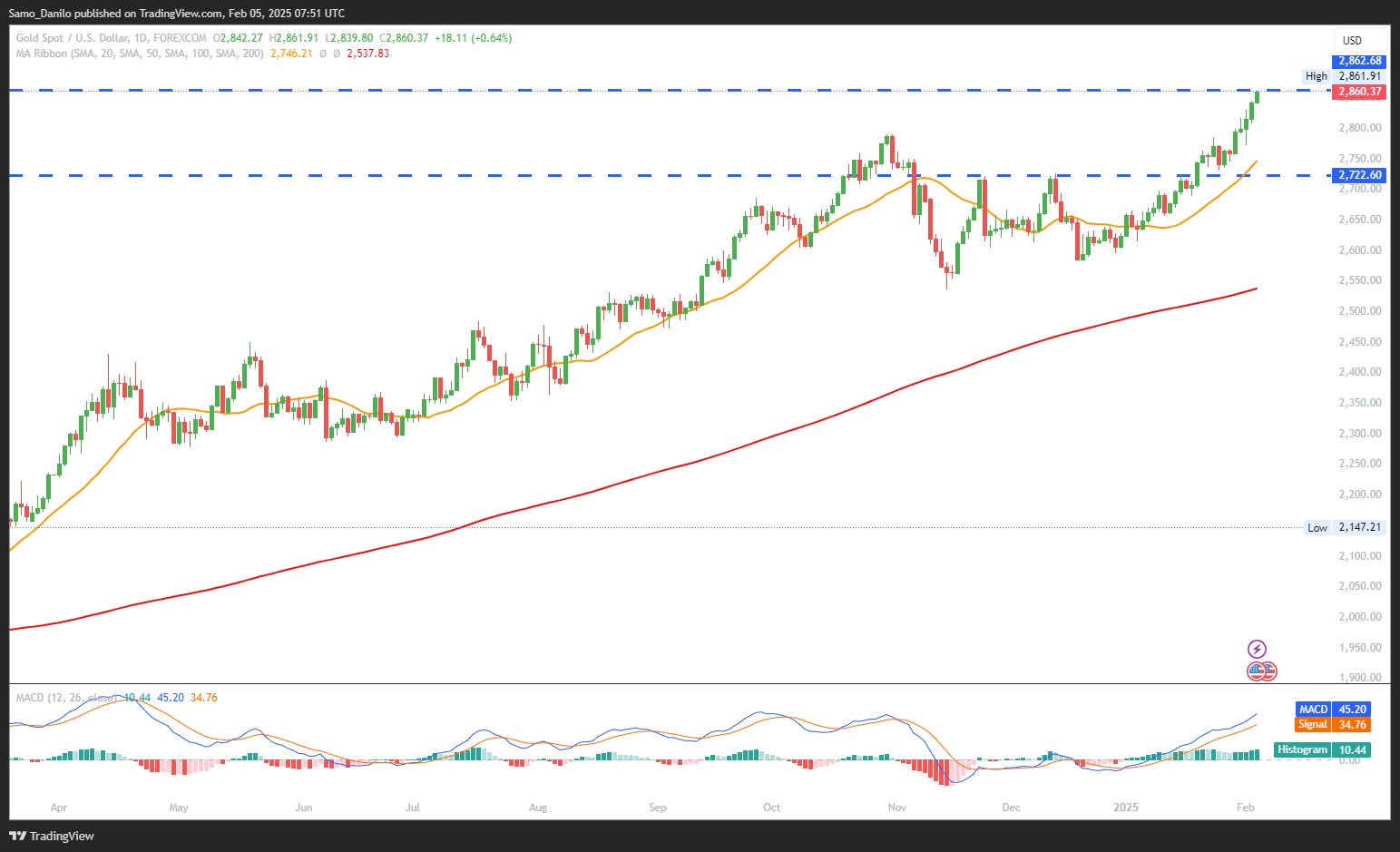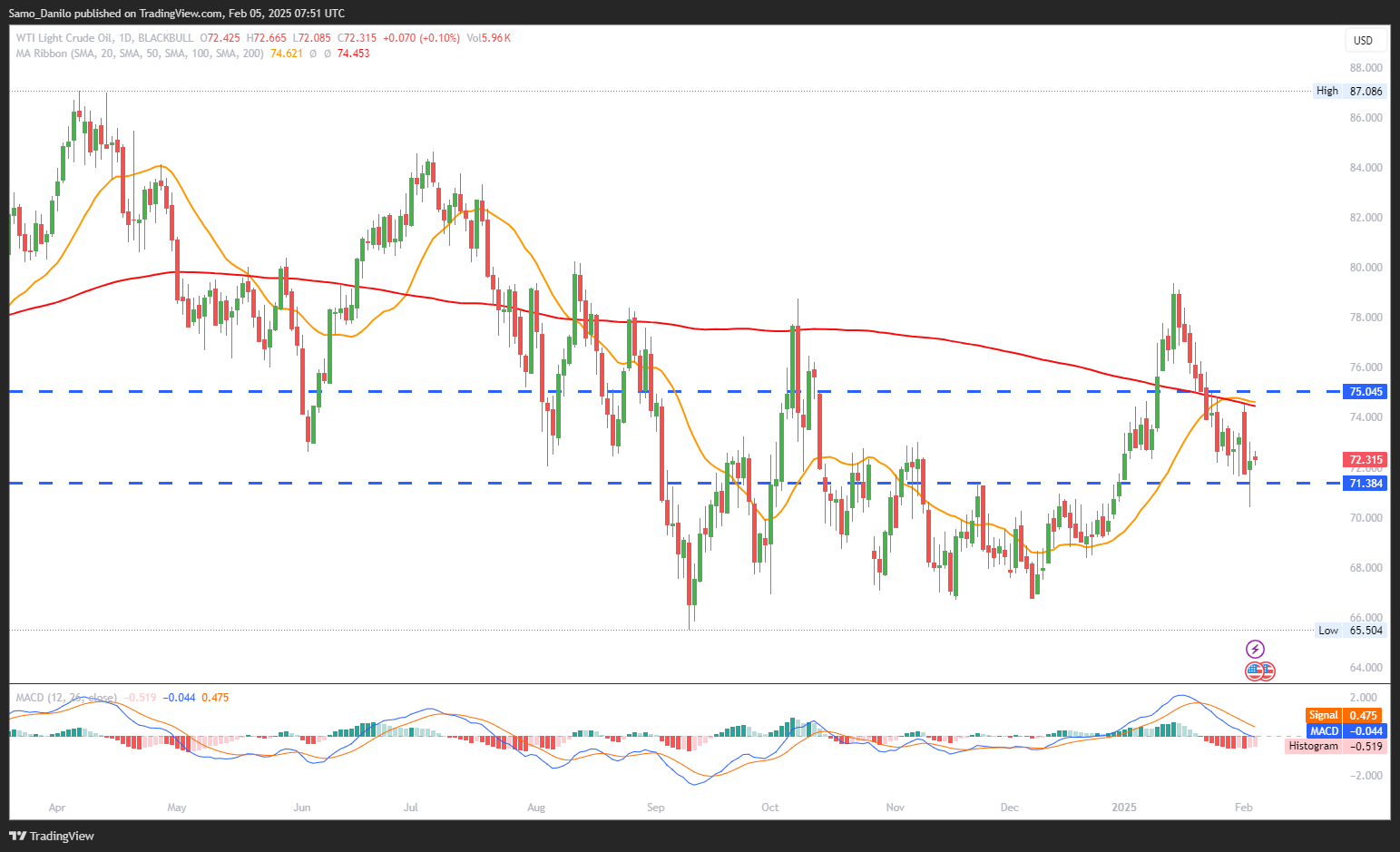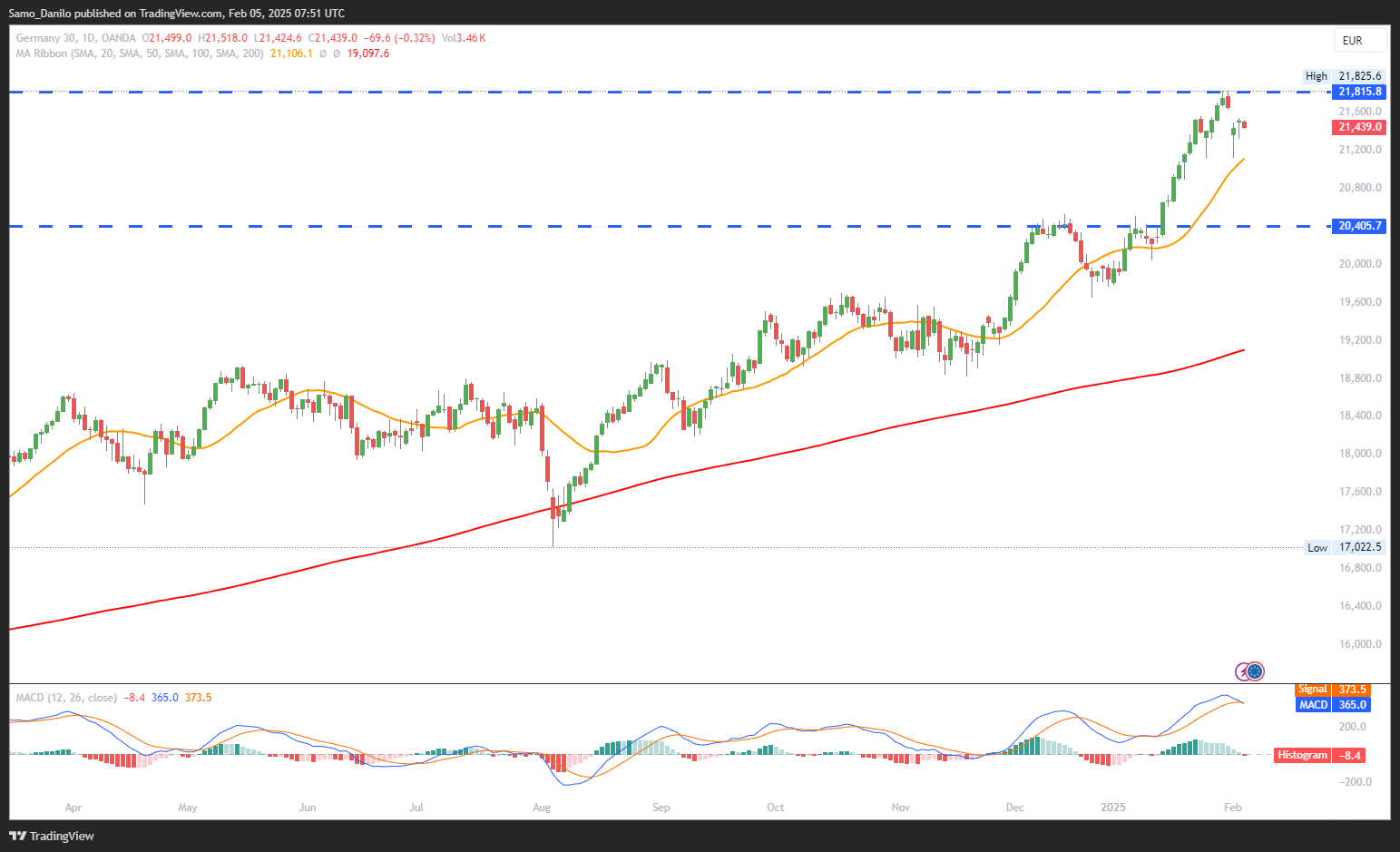EURUSD
- EUR/USD Price: The EUR/USD pair trades within a tight range near its weekly high, supported by a weaker US Dollar. Market speculation about potential Federal Reserve rate cuts keeps the USD under pressure, lending support to the pair.
- US-EU Trade Tensions: Investor sentiment remains cautious due to fears that US President Donald Trump may impose tariffs on European Union goods. These trade tensions limit aggressive bullish positioning in the EUR/USD market.
- EU Retaliation: According to the Financial Times, the European Commission is considering deploying its “anti-coercion instrument” (ACI) to retaliate against potential US tariffs. The ACI would allow the EU to target US service sectors such as Big Tech, adding another layer of uncertainty to the trade outlook.
- US Labor Market: The Job Openings and Labor Turnover Survey (JOLTS) published on Tuesday revealed a cooling US labor market. This data supports expectations of further policy easing by the Federal Reserve, adding downside pressure to the US Dollar.
- Economic Data: Traders now shift their focus to key economic data releases. The final Eurozone Services PMI will offer insights into the region’s economic performance, while the US ADP private-sector employment report and ISM Services PMI could shape short-term USD direction.
Closing statement: EUR/USD remains range-bound amid mixed signals from economic data and lingering trade tensions. The pair’s near-term direction will hinge on upcoming economic releases and further developments in US-EU trade relations. Traders should closely monitor Fed commentary and the Eurozone PMI for additional cues.
GBPUSD
- GBP/USD Price: The GBP/USD struggles to capitalize on its gains registered over the past two days and consolidates near a one-week top, below the 1.2480 psychological mark.
- Technical Outlook: Despite recent upward momentum, the pair struggles to break above the critical 50-day Simple Moving Average (SMA) at 1.2503 and the January 7 high at 1.2576.
- Downside Bias: While optimism surrounding US President Donald Trump's decision to delay tariffs on Canadian and Mexican imports supports risk sentiment, traders remain cautious. The failure to clear key technical resistance keeps the broader bias tilted toward the downside.
- BoE Policy Meeting: Traders are on the sidelines ahead of the Bank of England’s policy meeting on Thursday, which could provide a clearer direction for the British Pound. Market participants anticipate a possible rate cut or dovish comments, which could weigh on the GBP.
- US NFP and FOMC: In addition to the BoE decision, traders will monitor speeches by key Federal Reserve members, which could influence the US Dollar. The highly anticipated US Nonfarm Payrolls (NFP) report on Friday will also be a significant driver for the GBP/USD pair.
Closing statement: The GBP/USD outlook remains cautious, with the pair vulnerable to downside pressure unless it clears key technical levels. Near-term direction will largely depend on the BoE policy decision and US labor market data later in the week. Staying on the sidelines until after Thursday’s event risk may be prudent.
XAUUSD
- Gold Price: Gold prices remain well-supported as investors seek safety due to renewed US-China trade tensions. Expectations of multiple Federal Reserve rate cuts further weigh on the US Dollar, adding to the upside momentum for the XAU/USD pair.
- Trade Wars: Uncertainty persists as the US postpones tariffs on Canadian and Mexican imports for a month while tensions with China remain high. With Chinese markets reopening after the Lunar New Year holiday, traders are cautious, fueling additional demand for gold.
- US Economic Data: Recent US data, including the ISM Manufacturing PMI and Job Openings report, showed mixed signals. This supports market speculation of two potential Fed rate cuts in 2025, although policymakers have shown some hesitation regarding further easing.
- Geopolitical Developments: Gold may face resistance if geopolitical tensions in the Middle East ease. Recent discussions between US President Donald Trump and Israeli Prime Minister Benjamin Netanyahu focused on regional stabilization efforts, which could reduce safe-haven demand.
- US-China Trade Talks: Looking forward, markets are closely watching for updates on potential trade talks between Trump and Chinese President Xi Jinping. According to White House spokeswoman Karoline Leavitt, a call between the two leaders has yet to be scheduled, adding to the uncertainty.
Closing statement: XAU/USD remains poised for further gains as trade tensions and geopolitical risks dominate market sentiment. However, a resolution in ongoing conflicts or a breakthrough in US-China trade talks could temper gold’s bullish momentum.
CRUDE OIL
- Crude oil: West Texas Intermediate (WTI) crude oil remains under pressure, trading near $72.40 per barrel during Wednesday’s European session. Persistent downside momentum reflects investor concerns over weakening global demand.
- US-China Trade War: Crude oil faces headwinds as China's Commerce Ministry imposes tariffs on key US exports, including a 10% levy on crude oil imports. The escalating trade tensions between the world’s two largest economies could dampen global growth and reduce energy demand.
- Iran’s Oil Exports: President Trump’s decision to reinstate his "maximum pressure" campaign on Iran could disrupt around 1.5 million barrels per day of Iranian crude exports. This geopolitical development could tighten global supply but has yet to lift prices amid broader economic concerns.
- US Crude Inventories: The latest data from the American Petroleum Institute (API) revealed a sharp increase of 5.025 million barrels in US crude inventories for the week ending January 31. Rising stockpiles further contribute to downward pressure on oil prices.
- OPEC+ Plan: OPEC+ reaffirmed its strategy to gradually increase production starting in April despite calls for adjustments. Notably, the group removed the US Energy Information Administration (EIA) from its monitoring sources, signaling potential changes in how it assesses global supply data.
Closing statement: WTI crude oil remains vulnerable as rising inventories and trade tensions weigh on sentiment. Any resolution in the US-China trade conflict or supply disruptions from Iran could offer near-term support, but for now, risks appear skewed to the downside.
DAX
- DAX Price: After Monday’s 1.40% tariff-induced sell-off, the DAX partially recovered on Tuesday, closing at 21,506 with a 0.36% gain. Strong corporate earnings provided support, although lingering concerns about potential US tariffs on EU goods limited further upside.
- Automakers Outlook: Shares of EU automakers received a boost from Ferrari’s upbeat revenue and core earnings outlook. Porsche rose 0.87%, while BMW, Mercedes-Benz Group, and Volkswagen closed higher. Gains were modest, however, as US tariff threats on EU automotive exports remained a risk.
- German Services PMI: Focus now turns to finalized Services PMI data on Wednesday. Preliminary readings showed Germany’s HCOB Services PMI rising from 51.2 in December to 52.5 in January, indicating continued expansion in the services sector.
- US JOLTS Data: December’s JOLTS job openings fell to 7.6 million from 8.156 million in November, reinforcing hopes that the Federal Reserve could cut interest rates in the first half of 2025. This helped improve sentiment in equity markets.
- US Data: Traders will closely watch the ISM Services PMI and ADP employment report on Wednesday. Economists expect the ADP report to show a 150k rise in January employment, up from 122k in December. Additionally, the ISM Services PMI is projected to tick higher from 54.1 to 54.3, potentially signaling continued economic strength in the US.
Closing statement: DAX’s short-term trajectory depends on external factors, particularly US economic data and tariff developments. Strong services data or positive signals from the Fed could provide further upside, while tariff risks remain a persistent headwind.




